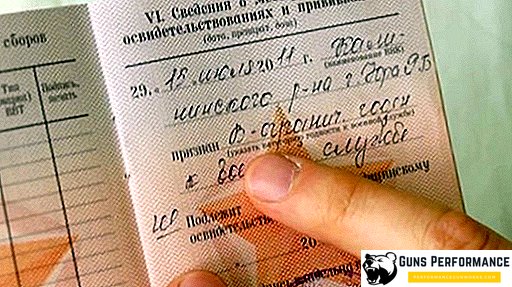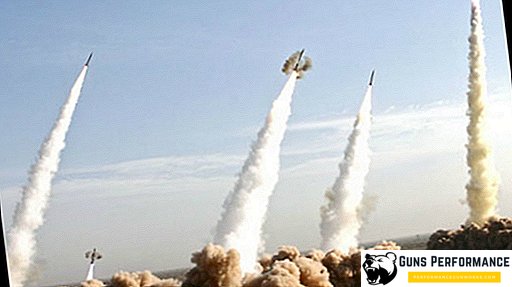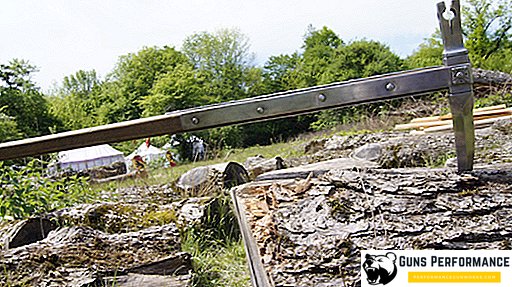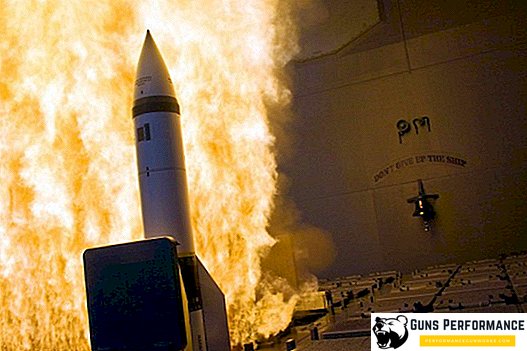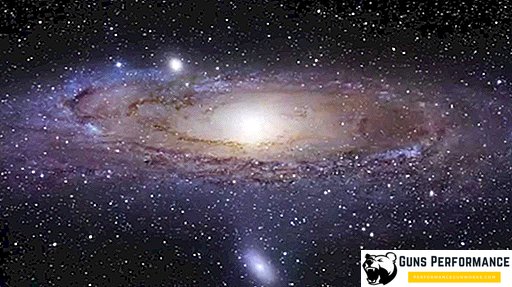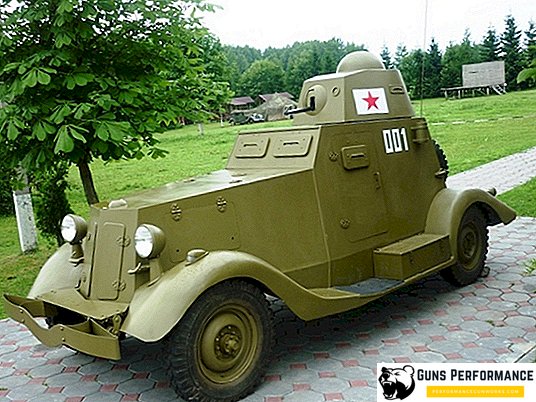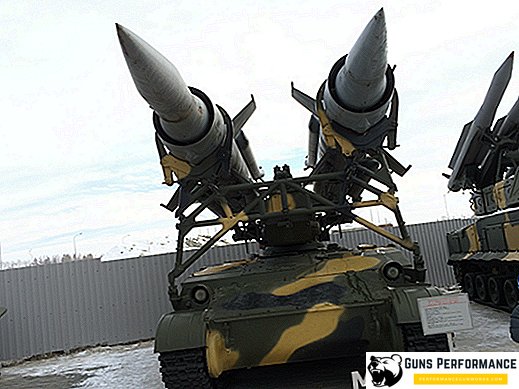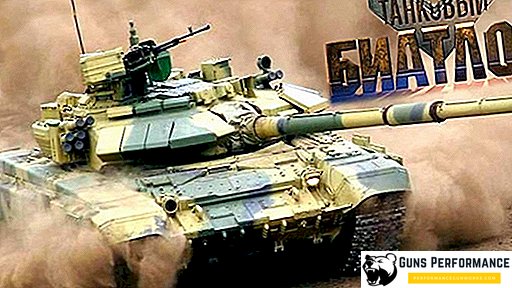Poland is one of the few European countries with an ancient history that is rich in political ambiguity, full of tragedy and social upheaval. In the history of the country there were periods of heyday and an incredible rise, when the power of the Polish kings spread throughout Eastern Europe. Such strength and power of the Polish state were achieved thanks to the strong positions of the Catholic Church and the large middle class. The Polish gentry became the prototype of a new political class capable of influencing the fate of the country.

Polish statehood has always been a political swing, when a strong state power was replaced by periods of internal political instability. At first, the Polish kings, later the heads of the independent Polish state, the president of Poland at the present stage have always been under foreign political pressure and pressure from the internal opposition. How it turned around for the country itself and how it was reflected in the fate of the Poles, history testifies eloquently. Only in the 20th century, Poland was able to regain its independence, taking a worthy place on the political map of the world.
The formation of Polish statehood
Despite the fact that Poland today is one of the most stable and strong Eastern European states, its new history has been written in the midst of the most severe foreign policy and social crises. As often happened in the history of the Polish state, during the incredible political and social upsurge in the history of Poland there were periods of political non-existence and economic decline. In most cases, such crises turned out to be disastrous for the country. Surrounded by strong neighbors, Poland often became the subject of foreign policy bargaining, as a result of which the weakened state lost its integrity and independence. This was the case with the three sections of the Polish-Lithuanian Commonwealth (1772–1795), the same happened during the Napoleonic wars that swept over Europe in the early 18th century. During such periods of Polish history, there could be no question of any strong state power in Poland.

At the beginning of the XIX century the country was in complete political dependence of the two mighty powers of the continent - France, Napoleon and the Russian Empire. All the autonomy of the then Poland fit into the borders of the Duchy of Warsaw. After the defeat of the Napoleonic Empire, Poland once again became the subject of foreign policy bargaining for Austria-Hungary, the revived Prussia and Russia. The Congress of Vienna approved the next division of the country, according to which Austria retired the southern provinces, Prussia went to Wielkopolska with the main city of Poznan. The Russian Empire as the main winner of Napoleon received the main territory of the Duchy of Warsaw, creating in these lands a new Polish autonomy - the Kingdom of Poland.
All power in the autonomy was in the hands of the royal governors, who were appointed directly from St. Petersburg. In this state, Poland met the twentieth century, having the status of the governor-general of the Russian Empire.

The change in political status could contribute to the outbreak of the First World War. The emperor of the Russian Empire, Nicholas II, in the event of a victory over the Triple Alliance, wanted to help unite all Polish lands under one principle, creating a new friendly Russian Polish state. However, the military-political situation that reigned during the hostilities of 1914-1917 led to the opposite result. The whole territory of the Kingdom of Poland was occupied by German and Austrian troops. Political battles broke out in the country between supporters of the unification of Poland under Russian patronage and those who fought for the creation of an independent Poland. In those years, Jozef Pilsudski, the leader of the Polish Socialist Party, an implacable supporter of the formation of a Polish state outside the sphere of interests of Russian politics, entered the political arena.

From this point on, Poland enters a new phase of its political history, which will be inextricably linked with the personality of Pilsudski.
The new leader of the Polish state
During 1915, Germany was able to achieve tremendous success on the Eastern Front, throwing the Russian army far to the east. The territory of the Kingdom of Poland was completely under the Austro-German occupation. In order to halt the political crisis that broke out among the Poles, the occupation authorities began to create the Polish Kingdom - a puppet state in the wake of the policies of the Triple Alliance countries. The creation of a new Polish state was announced on November 5, 1916. The puppet state of the Poles was recognized only by Germany, Austria-Hungary and Turkey. In the future, the Germans planned to annex most of the Polish land, including them in the Reich.

Subsequent events radically changed the fate of Poland. This was facilitated by the revolutionary situation in Russia, which led to the collapse of the Russian Empire and Russia's withdrawal from the war. The subsequent defeat of the Central Powers in the First World War put an end to the history of the Kingdom of Poland and became the impetus for the creation of a new independent Poland. In November 1918, the formation of a new Second Polish-Lithuanian Commonwealth - the successor of the Polish-Lithuanian Commonwealth - the first strong and powerful Polish state was announced.
In November 1918, Jozef Pilsudski returned to Warsaw. In view of the high political influence and trust that Pilsudski enjoys in the country, the Regency Council appoints him Head of the Polish state. The new post did not have the features of a democratic leader. The powers given to the new head of Poland bore the features of a announcer form of government. To introduce the post of the President of Poland in the given conditions was inexpedient. In this situation, only a strong central authority, concentrated in one hand, could lead the country out of a protracted political tailspin.

The history of Poland in the new conditions is far from democratic principles of state building. This is largely due to the difficult political situation in which not only Poland itself found itself, but also the whole of post-war Europe. The end of the First World War did not lead to the long-awaited peace. The Poles continued to fight on the battlefields, trying not only to establish their legitimate authority in the originally Polish lands, but also to expand the possession of the new Polish-Lithuanian Commonwealth. The initiator of imperial ambitions was often Jozef Pilsudski, who began to pursue an aggressive foreign policy. Relying on the support of France and Great Britain, the head of state first unleashed the Polish-Ukrainian war. The ensuing defeat of the UPR army led in 1920 to the start of a new military conflict - the Soviet-Polish war.

None of the political forces in the country, not one of the institutions of power in Poland in those years did not think that Poland needed urgent democratic changes. Pilsudski has repeatedly said that to carry out political reforms, to organize the election of the president and the Sejm in a country that is in a state of war, is an extremely risky step that could destroy Poland.
A strong central government, which depended entirely on the will of the head of state, allowed Poland to achieve major successes in the international arena. The victories won in the east turned Poland into the largest state in Europe. Pilsudski himself in his country enjoyed unquestioned authority. Thanks to him, Poland gained political weight in the political arena. However, despite all the successes, the country had a strong opposition to the rule of the Chief of Poland. A number of new political parties and movements appeared, advocating the transition of Poland to the parliamentary model of the republic. The result of this confrontation was the adoption in November 1921 of a new Constitution, in accordance with which the power of the head of state was severely limited. From this point on, transformation of the state power system begins in the country.

The new Constitution also determined the order of elections to the Polish Sejm, the method of electing the president of the country and forming a government. In December 1922, the first presidential elections in the country's history took place, the winner of which was Gabriel Narutovich. The election was carried out during a secret ballot by the deputies of the Polish Sejm.
The status of the President of Poland during the Second Rzecz Pospolita
The emergence of the Basic Law, the first presidential elections did not mark the beginning of a new democratic Poland. The first president was killed just two days after taking the oath and taking office. Pilsudski, who wanted to leave the political arena, was forced to return to politics again, taking the post of the Chief of the General Staff under the new Head of State.

Total history of the Second Polish Commonwealth, not counting Jozef Pilsudski, who held the post of Head of State, knows three presidents:
- the first was Gabriel Narutovich, who was killed on December 16, 1922;
- the second was Stanislav Voitsekhovsky, years of government 1922 - 1926;
- Ignacy Mostsitsky, who served until September 30, 1939, became the third president of the Republic of Poland in June 1926.
Despite the presence of a formal presidential power in the country, Józef Pilsudski will for many years be the personification of the domestic and foreign policy of the Polish state. Until 1926 Pilsudski did not hold public office, being in opposition to the current government. The situation changed at the end of the year, when a new governmental crisis had matured in the country. As a result of the military coup, Jozef Pilsudski returned to power. Through the efforts of the dictator himself and his supporters in Poland, radical reforms concerning the management system were carried out. In the wake of patriotism, Pilsudski was again elected president of the country, but he refused this high post in favor of his protege Ignacy Mosczycki, taking the post of war minister and inspector of the armed forces of the Polish Republic.

The whole period of the existence of the Second Polish Commonwealth can be described in one word - the era of Pilsudski. In addition to the post of minister of war, the politician held the post of prime minister for several years. Thanks to Jozef Pilsudski, an authoritarian system of government was established in the country, in which the entire leadership was concentrated in the hands of the government and the army. The power of the president was purely formal, and the influence of the Sejm on the political arena was minimized.
The onset of the economic crisis led Pilsudski in August 1930 again to the post of prime minister. From this moment on, the country enters the period of authoritarianism. All political opposition forces were dispersed, the country's parliament became a formal body that passed laws submitted by the government. The new constitution of Poland of 1935, under pressure from Pilsudski, finally consolidated the status of the dictatorship of the presidential branch of power in the country.

The death of Jozef Pilsudski on May 12, 1935 put an end to the dictatorship in the Republic of Poland. The democrats who came to replace the dictator, led by Rydz-Smigly, began the reformation of Polish domestic politics. Subsequent foreign policy events once again led to the disappearance of the Polish state. The invasion of the German Wehrmacht in Poland was not only the beginning of the most violent armed conflict in the history of mankind, but also the fall of the Second Polish-Lithuanian Commonwealth. Under the influence of the military-political situation, the third president of the country, Ignacy Mostsitsky, along with the entire Polish cabinet, was forced to flee the country. In Romania, the Polish government and president were interned. Under pressure from the French authorities, on September 25, 1939, Mostsitsky transferred the powers of the president to Vladislav Rachkevich, who led the Polish leadership in exile.
Head of State in Exile and Presidents of People’s Poland — Dual Power
Since the next German occupation, Poland has entered a period of diarchy. The former Polish state - Second Rzeczpospolita existed de jure. In London, the Polish government was in exile. There was also the legitimate Polish president Vladislav Rachkevich. He represented Poland in relations with the authorities of other states during the Second World War. The only country that did not recognize the Polish government in exile was the Soviet Union. When in 1944, Soviet troops liberated the territory of Poland, the Communists came to power in the country. The main political force was the Territorial Army, the People’s and the Polish Workers' Party (PORP).

Contrary to the opinion of the allies, Stalin was categorically opposed to the return of the legitimate Polish government from London. The first president of the liberated Poland was Boleslav Berut, who has been performing the duties of the President of the country and the Head of the State Council of the Polish People’s Republic since 1947. Under his leadership and under the influence of the Kremlin in the country in 1952, a new Constitution of the People's Republic of Poland was adopted, abolishing the office of the country's president. From that moment on, all supreme power in the country passed to the Sejm. The head of state became the Chairman of the State Council of the Polish People's Republic. In 1952 Alexander Zavadsky came to take the place of Vladislav Beruta, who became the Chairman of the State Council for the next 12 years.

The entire post-war period in the history of Poland at the top of power in the country were representatives of Polish communists, who held several posts in parallel, political and state:
- Edward Ohab in August 1964 replaced the Chairman of the State Council of the People’s Republic of Zavadsky, remaining in office until April 1968;
- Marian Spikhalsky, 1968-1970;
- Jozef Cyrankiewicz, years of government 1970–72;
- Henryk Jablonski headed the State Council of the People’s Republic of Poland from 1972 to November 1985;
- Wojciech Jaruzelski, who held a high post from November 1985 to 1989.
The last period is connected with the transition period, during which communist Poland became the Third Polish – Lithuanian Commonwealth. In the wake of the acute political crisis in which the country remained for almost the entire 80s, in November 1989, Wojciech Jaruzelski became the first president of the Polish People's Republic. The following year, as a result of voting in the Sejm, he becomes President of the Republic of Poland.

The new constitution, which consolidated the socialist system in Poland, left behind the post of president of the country, which continued to exist abroad. After Vladislav Rachkevich, in 1947 Alexander Zavadsky became the president of Poland. The Polish government in emigration continued its activity as an alternative Polish government, although nominally state interests and the state itself in the international arena were represented by the First Secretaries of the PUWP and the Presidents of the State Council of the Polish People's Republic.
The Polish presidents in exile were the following persons:
- Augustus Zelesky, who held the post from 1947 to 1972;
- Stanislav Ostrovsky, years of government 1972 - 1979;
- Edward Raczynski, April 1979 - April 1986;
- Kazimierz Sabbath, who served from 1986 to 1989;
- Ryszard Kaczorowski, the last president of Poland in exile, the years of rule 1989-1990.

Until 1990, the country had de facto two governments. People's Poland was ruled by communists led by the Secretary General of the Polish Workers' Party, while the Channel President in London was the legitimate president of the country. The diarchy lasted until December 1990, when in Poland, as a result of the first nationwide presidential elections, Lech Walesa became the winner. With the end of communist Poland, the Polish government in exile ceased its work. Ryszard Kaczorowski, the last legitimate president of the Republic of Poland, handed over all presidential regalia to Lech Walesa.

New Poland - New Presidents
The new history of the Polish state began with the election of the country's president, Lech Walesa. The former leader of the Solidarity movement led the country for 5 years until December 1990. His successors as Head of State are:
- Alexander Kwasnevsky, 1995-2005. The only Polish politician who remained for two consecutive terms as president of the country;
- Lech Kaczynski, years of government 2005-2010;
- Bronislav Komorowski, who served from August 2010 to August 2018;
- Anjey Duda, the youngest president in the history of Poland, elected in August 2018 and still in office today.

In accordance with the new Basic Law, adopted in April 1997, the president of the country is the supreme representative of the Polish state and the guarantor of supreme power in the country. The date of the presidential election is determined by the Marshal of the Polish Sejm. The election of the head of state is carried out by direct popular vote for a term of five years.

Полномочия и обязанности президента страны закреплены непосредственно в Конституции Республики Польша. Основной статус президента - представление Польши на международной арене и роль арбитра всех ветвей власти в стране. В компетенции Главы государства представление Сейму кандидатуры Премьер-Министра и составление программы работы Кабинета Министров.

Президент обладает правом законодательной инициативы, издавает указы, распоряжения и постановления. В ряде случаев распоряжения Главы государства нуждаются в утверждении со стороны премьер-министра или профильного министра. Персона, занимающая пост президента страны, вправе распускать Сейм, объявлять о новых парламентских выборах, выступать инициатором всенародного референдума.
Глава государства является Верховным Главнокомандующим Войска Польского, имеет право назначать на высшие командные должности, объявлять мобилизацию.

Официальная резиденция Главы государства - Президентский дворец, он же Дворец Конецпольских, Радзивилов, Любомирских. Здесь находится аппарат президента и приемная президента страны. В качестве дополнительной резиденции Глава польского государства использует Бельведерский дворец - комплекс дворцовых сооружений, находящихся на территории Варшавы в Лазенковском парке.


